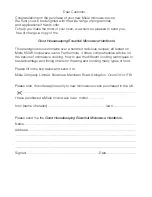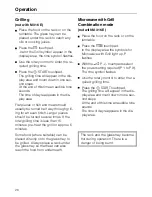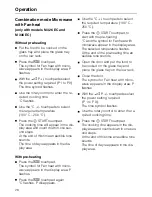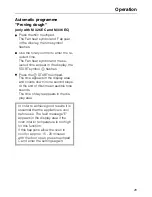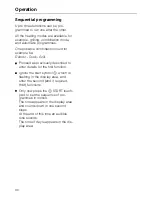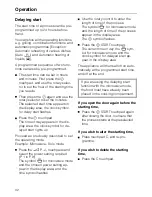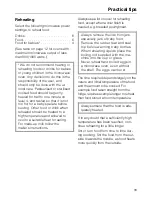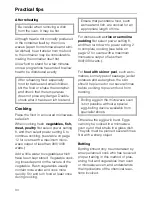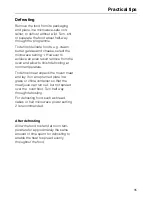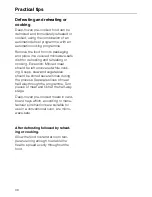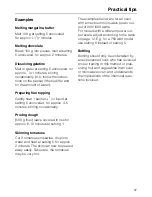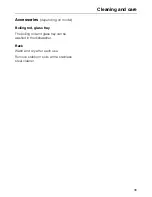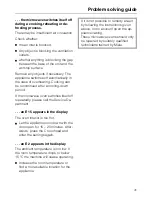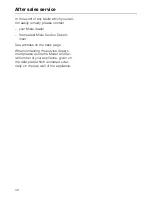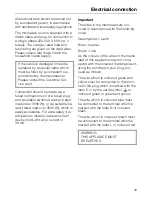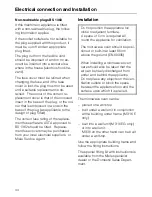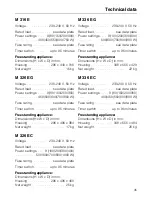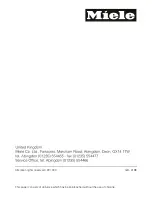
Practical tips
Reheating
Select the following microwave power
settings, to reheat food:
Drinks . . . . . . . . . . . . . . . . . . . . . . . . . 8
Food . . . . . . . . . . . . . . . . . . . . . . . . . . 6
Food for babies * . . . . . . . . . . . . . . . . 4
(See table on page 12 for ovens with
maximum microwave output of less
than 900/1000 watts.)
* We do not recommend heating or
reheating foods or drinks for babies
or young children in the microwave
oven. Any decision to do this is the
responsibility of the user, and
should only be done with the ut-
most care. Pasteurised or sterilised
cooked food should be gently
heated for half to one minute on
level 4, and tasted so that it is not
too hot for a baby’s palate before
serving. Other food or drink when
reheated should be heated to a
high temperature and allowed to
cool to a suitable heat for eating.
For made-up milk follow the
maker’s instructions.
Always use a lid or cover for reheating
food, except when a drier finish is
needed, e.g. breaded poultry/meat.
Always remove the lids from jars,
especially jars of baby food.
Remove the rubber teat and seal
top before warming baby bottles.
When reheating liquids place the
boiling rod supplied with the ma-
chine into the cup or glass.
Never reheat hard boiled eggs in
a microwave oven, even without
the shell. The eggs can burst.
The time required depends largely on the
nature and initial temperature of the food
and the amount to be cooked. For
example food taken straight from the
fridge requires example longer to reheat
than food stored at room temperature.
Always ensure that the food is ade-
quately heated.
If in any doubt that a sufficiently high
temperature has been reached, con-
tinue reheating for a little longer.
Stir or turn food from time to time dur-
ing cooking. Stir the food from the out-
side towards the middle, as food heats
more quickly from the outside.
Practical tips
33



